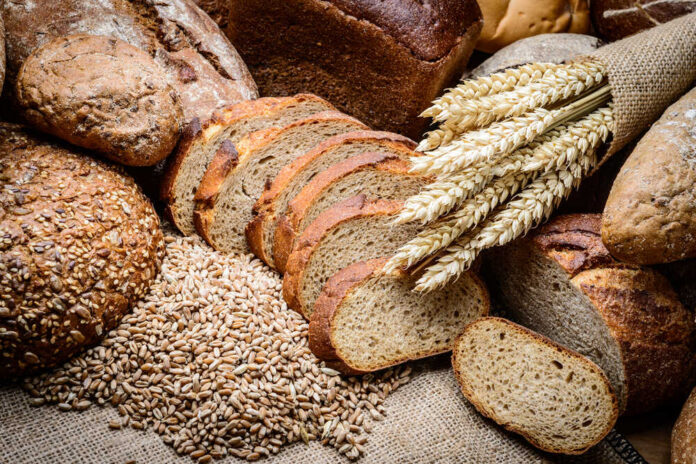
The story of humanity, in many ways, is the story of grain. As far back as the Neolithic Revolution, our ancestors began transitioning from hunter-gatherers to farmers, with grain becoming the cornerstone of their diet.
The simple act of sowing wheat or barley or rice marked the genesis of agriculture and, consequently, human civilization. They not only provided sustenance but also fueled the evolution of our social, economic, and political structures, laying the groundwork for the world we inhabit today.
From Whole to Refined: The Industrialization of Grains
The grains our ancestors consumed were whole grains. A whole grain consists of three parts: the bran, germ, and endosperm. The bran is the outer protective layer rich in fiber and minerals. The germ contains vitamins, minerals, proteins, and healthy fats. The endosperm, the bulk of the grain, includes starchy carbohydrates and proteins.
As our societies evolved and technology advanced into the modern industrial era, we developed methods to refine grains. Refined grains are processed to remove the bran and germ, leaving behind only the endosperm. This process was initially driven by the desire for longer shelf life and improved texture, but it came at the cost of nutritional value.
The Impact on Heart Health
The significant difference between whole and refined grains lies in their impacts on heart health.
A study published in Biomed Central in June 2022 meticulously examined the connection between the intake of various whole-grain foods and the risk of coronary heart disease (CHD) in US men and women. The study included over 205,000 participants who were tracked for an average of 25 years.
The results clearly demonstrated that an increase in the consumption of most whole-grain foods is significantly associated with a lower risk of CHD.
And on the other hand, a study conducted across 21 countries in the Prospective Urban and Rural Epidemiology (PURE) study, with nearly 150,000 participants, showed that higher intake of refined grains was associated with an increased risk of total mortality and major cardiovascular disease events.
People who ate a high amount of refined grains (≥350 g/day or about 7 servings/day) tended to have a 33% higher risk of major cardiovascular disease events and a 27% higher risk of total mortality compared to people in the lowest category of intake (<50 g/day).
Adding Whole Grains to Your Diet
Switching to whole grains doesn’t need to be difficult. Start by replacing refined grains with whole grains one step at a time. This could be as simple as choosing brown rice instead of white, whole grain bread instead of white bread, or whole grain pasta instead of regular pasta. Make sure to read the labels when shopping; terms like ‘whole grain’ or ‘100% whole wheat’ generally indicate healthier choices.
Experiment with different types of whole grains as well. There’s a wide world beyond wheat and rice. Try adding barley to your soups, oats to your breakfast, or explore other ancient grains like quinoa and amaranth.
Integrating whole grains into your diet doesn’t just have implications for your heart. It’s part of a bigger picture—a balanced, nutrient-rich diet that fuels all aspects of your health. As we continue to peel back the layers of our food’s journey from farm to plate, we gain the opportunity to understand more deeply the pivotal role food plays in shaping our health and well-being.






















